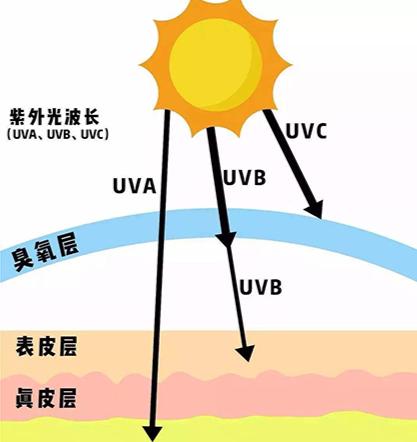Whether brief exposure to ultraviolet germicidal lamps for a few seconds has an impact depends on a combination of factors, including UV intensity, distance from the source, individual protection, and the part of the body exposed.

Ⅰ. Effects of Low-Intensity or Short-Duration Exposure at a Distance
Household UV Disinfection Lamps: These devices typically emit low levels of radiation. Brief exposure (e.g., a few seconds) may cause only mild symptoms such as slight eye discomfort or minor skin redness, but generally does not lead to organic damage.
Exposure Distance: Ultraviolet radiation intensity decreases with the square of the distance. At distances over 1 meter, a few seconds of exposure usually do not cause significant harm, but may still trigger temporary symptoms such as photophobia, tearing, or mild skin irritation.
II. Effects of High-Intensity or Short-Term Close-Range UV Exposure
Medical/Industrial UV Lamps: The radiation intensity often exceeds safety thresholds by more than ten times. Just 3 seconds of exposure can trigger apoptosis in corneal epithelial cells, leading to photokeratitis. Symptoms typically appear 6 to 12 hours later and include severe eye pain, photophobia, and excessive tearing.
Medium-Wave Ultraviolet (UVB, 280–315 nm): UVB is most readily absorbed by the cornea. A 3-second exposure may cause punctate epithelial erosions of the cornea, increasing the risk of eye infections.
Long-Wave Ultraviolet (UVA, 315–400 nm): UVA can penetrate the cornea and cause cumulative photochemical damage to the lens. However, a single 3-second exposure generally does not directly lead to severe outcomes such as cataracts.
III. Individual Differences and Special Cases
Sensitive Populations: Children, the elderly, individuals with sensitive skin, or those with eye conditions have lower tolerance to ultraviolet (UV) radiation, making them more vulnerable to harm within the same exposure time. For example, patients with keratitis or glaucoma may experience decreased vision due to damage to corneal epithelial cells.
Protective Measures: Wearing protective goggles and long-sleeved clothing can extend the duration of safe exposure, but cannot completely prevent harm. Without proper protection, even short-term exposure may cause discomfort or adverse effects.
IV. Recommendations and Precautions
Time Control: For home disinfection, each session should not exceed 1 hour, and all personnel must leave the area during operation. Avoid prolonged direct eye exposure to the UV light source.
Maintain Distance: Keep at least 1 meter between the lamp and objects being disinfected. Maintain a minimum distance of 60 cm from the UV lamp during operation to avoid direct exposure.
Protective Measures: Wear UV-protection goggles and gloves when operating. After disinfection, ventilate the room for at least 30 minutes before re-entering. Individuals with sensitive skin or eyes should avoid using UV lamps and consider alternative disinfection methods.
Seek Medical Attention Promptly: If symptoms such as eye pain, tearing, photophobia, or skin redness and pain occur, seek medical attention immediately to avoid delayed treatment.
Post time:2025-07-25 15:57:45

